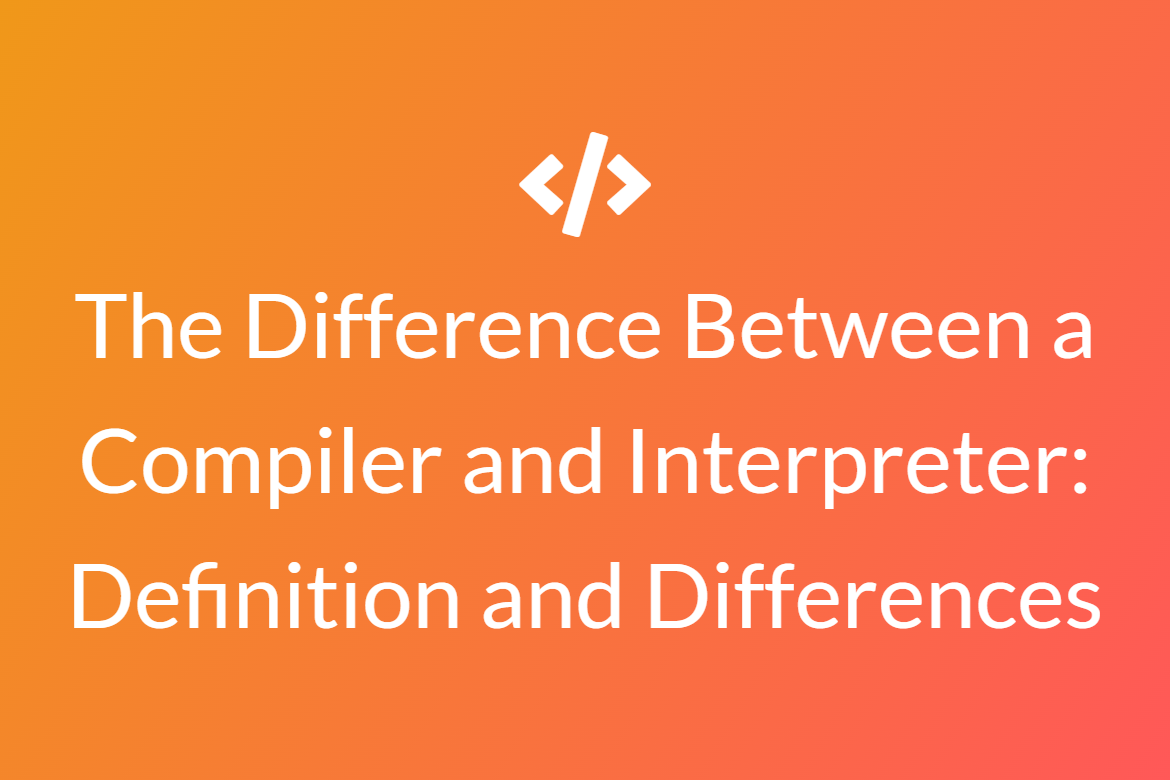Everything You Need to Know About Parsing in JavaScript
Parsing is the process of examining and transforming a program into an internal format that can be executed by a runtime environment, such as the JavaScript engine found in browsers.
Structure of a parser
A parser normally has two parts: a lexer (sometimes called a scanner) and a real parser. Some parsers do not rely on a lexer so they are rightfully called scannerless parsers.
The lexer analyses the input and creates appropriate tokens, while the parser reads the tokens, groups them and generates the parsing result.
Scannerless parsers are distinct in that they process the actual text rather than a list of tokens generated by a lexer.
In the past, it was more typical to use two different tools: one to create the lexer and the other to create the parser. Suites that can create both a lexer and a parser are becoming commonplace
Parse Tree and Abstract Syntax Tree
They are both trees, with a root that represents the entire piece of code that was processed. Then there are smaller subtrees that illustrate code segments that go smaller and smaller until individual tokens show up in the tree.
The distinction is in the abstraction level: the parse tree comprises all of the tokens that appeared in the program, as well as maybe a set of intermediary rules. Instead, the AST is a refined version of the parse tree that removes information that may be derived but isn’t necessary to understand the code.
Some information is lost in the AST, like as comments and parentheses, which are not reflected. Comments are unnecessary in a program, and grouping symbols are defined implicitly by the tree’s structure.
A parse tree is a depiction of the code that is more closely related to the actual syntax. It shows numerous specifics of the parser’s implementation. The programmer transforms a parse tree into an AST, maybe with the help of the parser generator.
Grammar
In layman’s words, it is a set of rules that specify how each construct can be put together. For example, it is compulsory for an if statement to be required to begin with the “if” keyword, followed by a left parenthesis, an expression, a right parenthesis, and a statement.
Other rules or token kinds could be referenced by a rule. The term “if”, the left and right parentheses were token types in the if statement, whereas expression and statement were pointers to other rules.
A type of language typically applies to the same type of grammar. That is, there are regular and context-free grammars, which relate to regular and context-free languages, respectively. But, to make this situation more complicated, there is a comparatively recent form of grammar, developed in2004, known as Parsing Expression Grammar (PEG).
These grammars are just as capable as context-free grammars, but their developers claim that they define programming languages in a more natural way.
Difference between PEG and CFG
The fundamental distinction between PEG and CFG is that in PEG, the order of selections matters, unlike in CFG.
A CFG will be unclear and thus incorrect if there are several viable ways to parse an input. Instead, with PEG, the first appropriate option is selected, which automatically resolves some issues.
Another additional contrast is that PEG parsers do not require a separate lexer or lexical analysis phase because they use scannerless parsers.
Parsing in JavaScript
There are primarily three ways to handle the problems of parsing a language or document from JavaScript:
- Make use of a pre-existing library that supports that language: Consider an XML parsing library.
- Creating your own custom parser from scratch
- A parser-generating tool or library, such as ANTLR, which may be used to create parsers for any language.
Further into this article we will discuss all of these methods in deeper details.
Make use of an already existing library
For popular and recognized languages like XML or HTML, the first approach is the best.
A decent library will usually contain an API for creating and modifying documents in that language programmatically. This is more common of what you would get from a simple parser. The issue is that such libraries are not widely available, and they only support the most popular languages. In the other circumstances, try out the two other options.
Developing Your Own Custom Parser from Scratch
If you have certain requirements that a standard parser generator cannot meet or if the language you need to parse cannot be parsed using standard parser generators, you may need to select the second option. For example, you may require the highest feasible performance or a high level of integration amongst several components.
A Parser-Generating Tool or Library
In all other circumstances, the suggestion should be the default because it is the most versatile and takes the least amount of time to build.
Parser generators or compiler compilers are tools that can be used to build parser code. Parser combinators are libraries that generate parsers.
Parser generators are not very easy to make. Learning how to use them takes time, and not all types of parser generators are suited for all languages.
It would be pointless to mention all available tools and libraries parser for all languages. That is because there will just be too many options, and we will all become disoriented.
This was a brief discussion on everything you need to know about parsing in JavaScript. Hope this article helped you in clearing all your queries regarding this.
Head over to our free online JavaScript parsing tool to parse any JS code you want.




